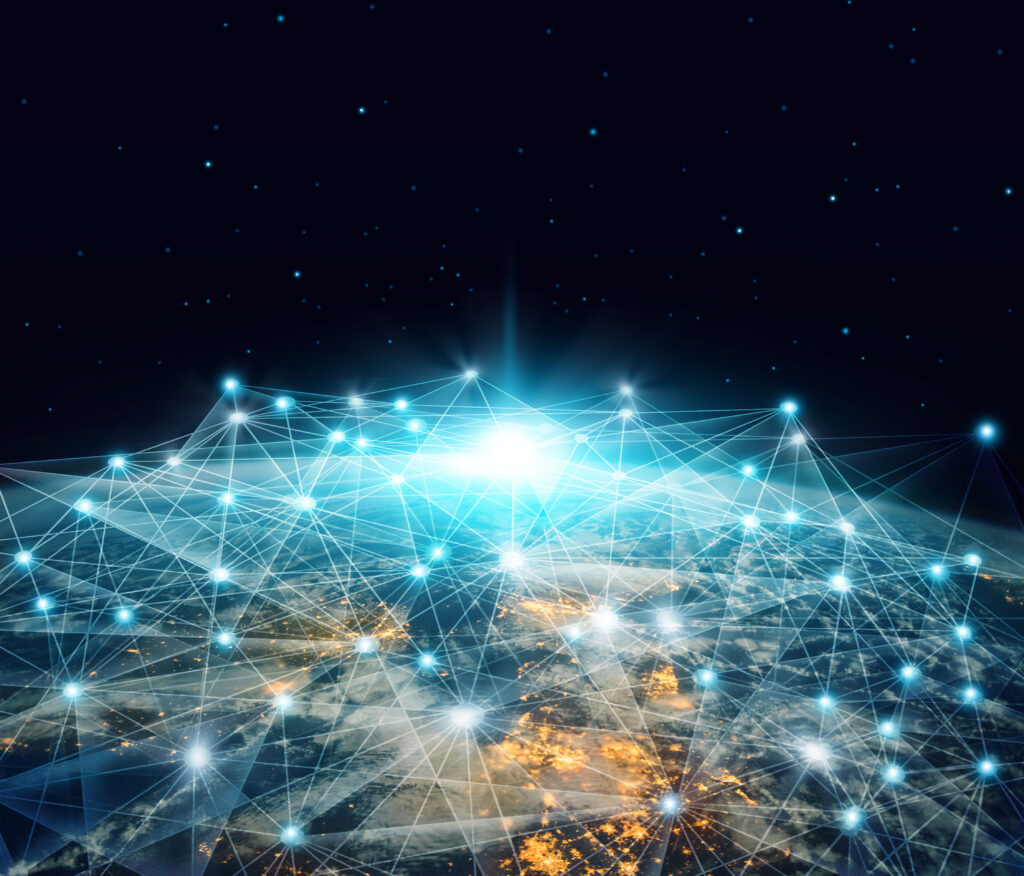What is IoT?
The internet of things, is a network of connected computing devices, mechanical and digital machinery, items, or people that may exchange data across a network without requiring human-to-human or human-to-computer interaction. Being connected and staying connected are the imperatives in the post-pandemic era.
Organizations across a range of industries are increasingly utilizing IoT to run more smoothly, better understand their consumers, provide better customer service, boost decision-making, and raise the value of the company.

Industry impact
- Security- Security issues are growing as a result of an increase in cyberattacks such as phishing, breaches, and intrusions. Gadgets make people’s life easier, but they also provide hackers access to their personal information.
- Healthcare industry – Future developments in technology will also affect the healthcare sector. Many smart devices, such as SpO2 sensors and smartwatches, assist patients in keeping track of their health.
- Manufacturing – Wearable technology in manufacturing enables workers to comprehend the state and safety of their workplace. IoT devices come with sensor technology, allowing manufacturers to identify issues early and address them.
- ML and Data Analytics – The latest development in AI technology combines data analytics with machine learning. To run more effective systems, data can be gathered from smart gadgets. IoT and machine learning working together can enable initiatives like smart cities
- Workplace – The way businesses operate has altered as a result of IoT technology. Robotic automation applications, for example, let employees interact with consumers more effectively. Professionals can use this technology to conduct virtual meetings using AR and VR to get advice and assistance from their coworkers and employees.
- Development- The goal of smart cities is to reward residents with financial, environmental, and social comfort in the city in addition to making life easier for them.
- Government sector- IoT includes a variety of smart tools, sensors, and devices that assist the government in data synthesis and classification. By providing effective water systems, transportation options, and food supplies to the populace of the nation, the technologies help the government manage cities.
- Customer service – IoT enhances communication, which aids in comprehending client behavioral patterns.
- Web development – Website user interfaces and architecture can be created using IoT devices and technology. It is used by tech experts and web developers to creatively design and develop front-end experiences.
- 5G – High-speed data transmission with greater dependability is possible with 5G. Wider connectivity is provided to smart devices including tablets, computers, and phones.
Factors that will drive the growth:
In 2023, it is predicted that around 43 billion devices will be connected to the internet, and by 2025 the number of IoT devices will be 75.44 billion. The global IoT market is projected to reach USD 650.5 billion by 2026, at a CAGR of 16.7% during the forecast period.
Low cost, low-power sensor technology, high-speed connectivity, and an increase in cloud adoption are the key drivers in the market. Smart city initiatives and emerging 5G technology will speed up IoT adoptions globally and provide opportunities for vendors and managed service providers.
Challenges
Due to an increased number of connected devices, data management could become overwhelming, and the challenge of maintaining and securing data will increase. IoT security measures include stronger password management, encrypting data moving across the cloud, and coding IoT behaviors to protect against attacker-controlled scanners and tools. Furthermore, security depends on the owners of the devices as well as the manufacturers and developers that make and distribute them. There are currently no established standards for this field.
Resources:
https://theincmagazine.com/top-10-iot-trends-for-2023/
https://www.marketsandmarkets.com/Market-Reports/internet-of-things-market-573.html
- DevOps vs. Agile: The Key Principles for Understanding the Differences - August 2, 2023
- Empowering Women in IT: Promoting Diversity and Inclusion in the Industry - March 8, 2023
- Unlocking the Power of Low-Code and No-Code: Simplifying App Development - January 17, 2023
